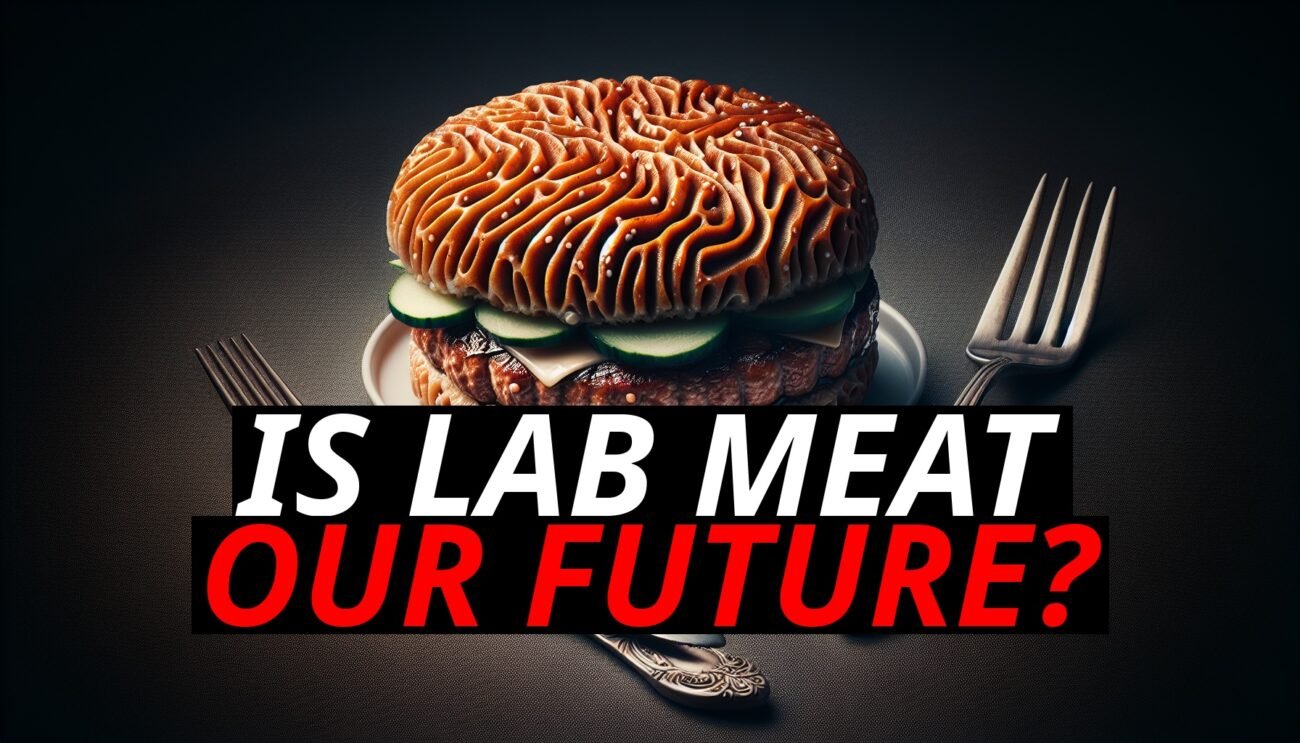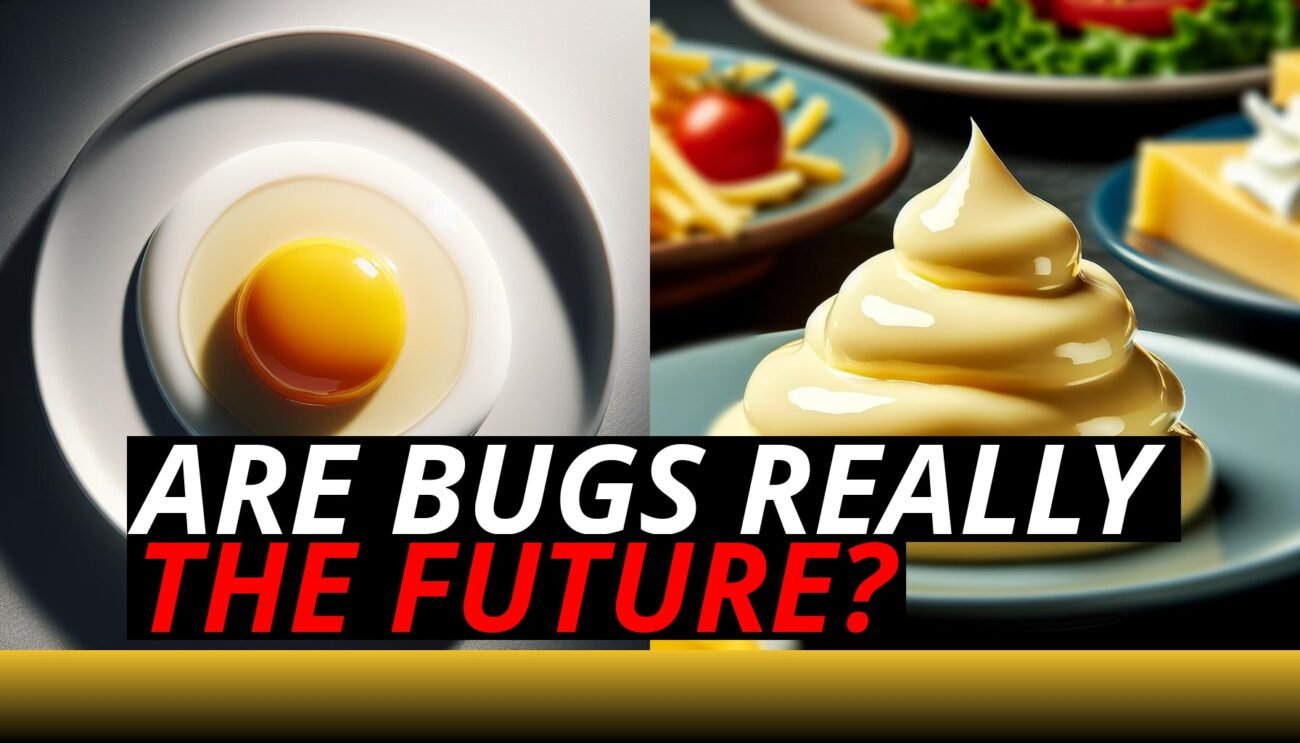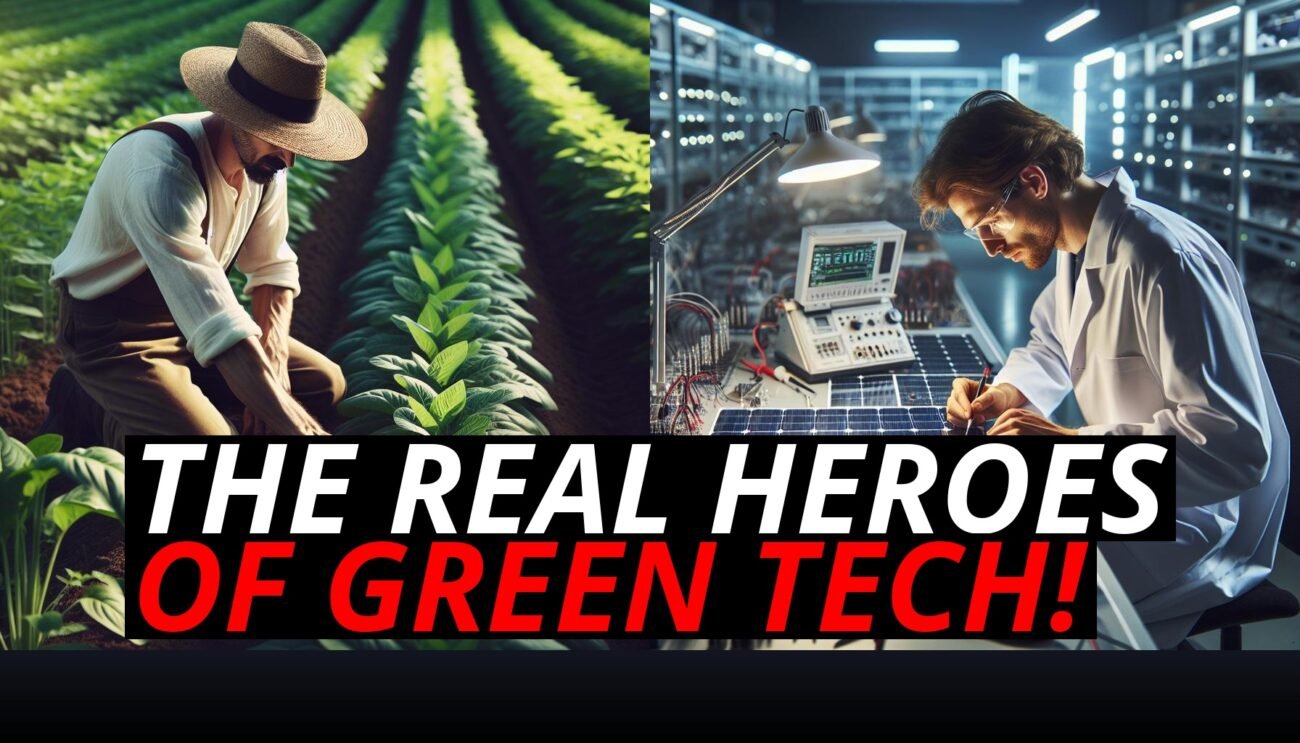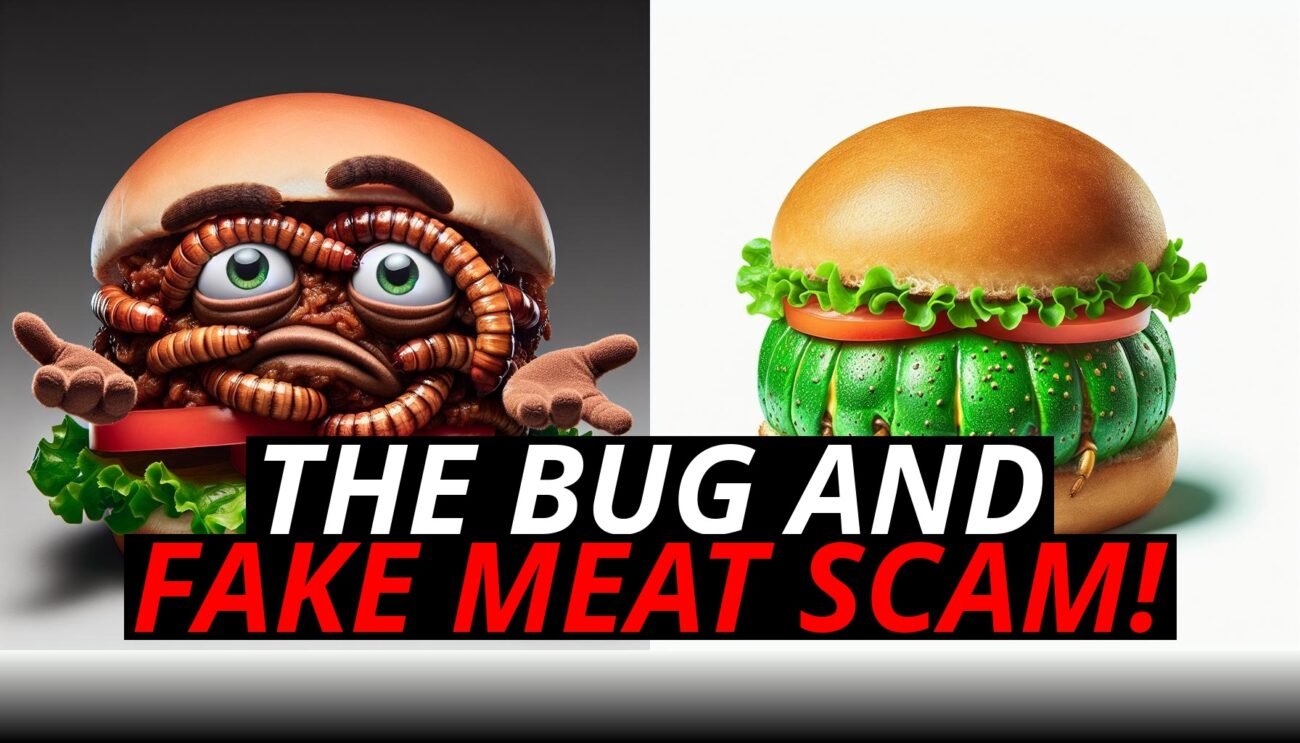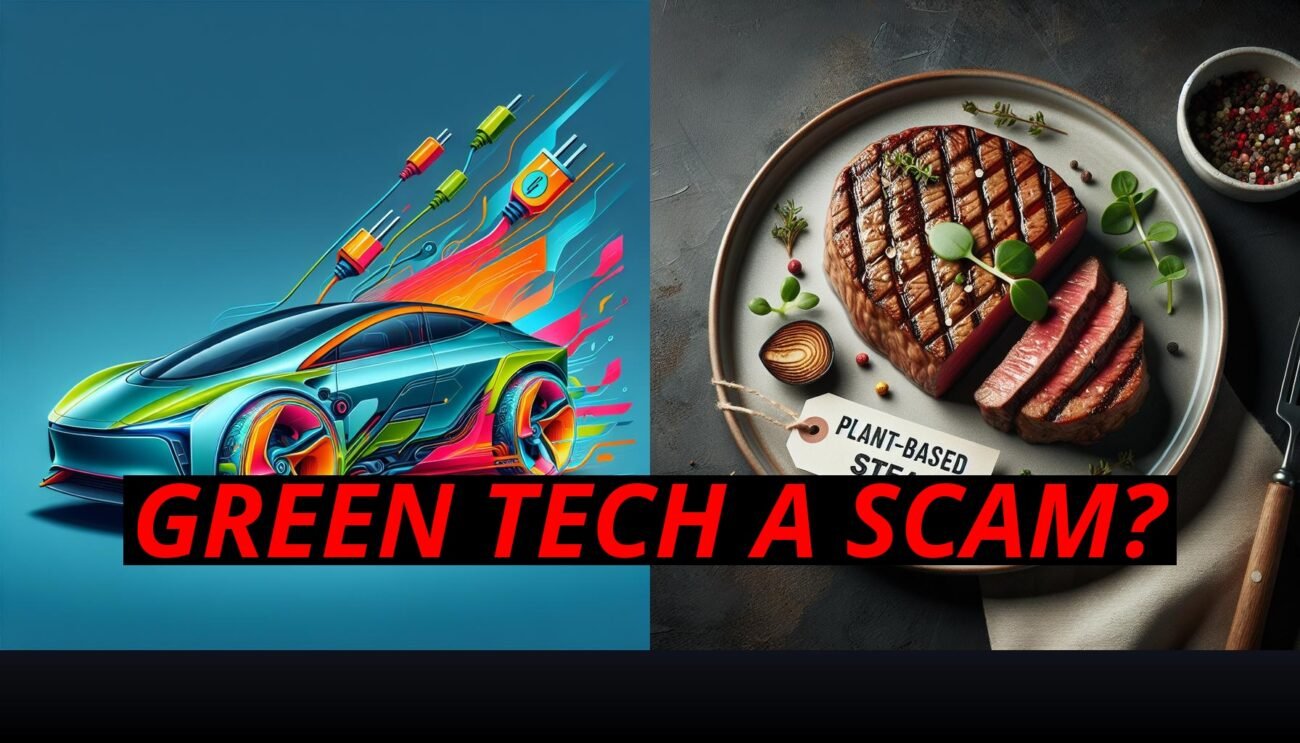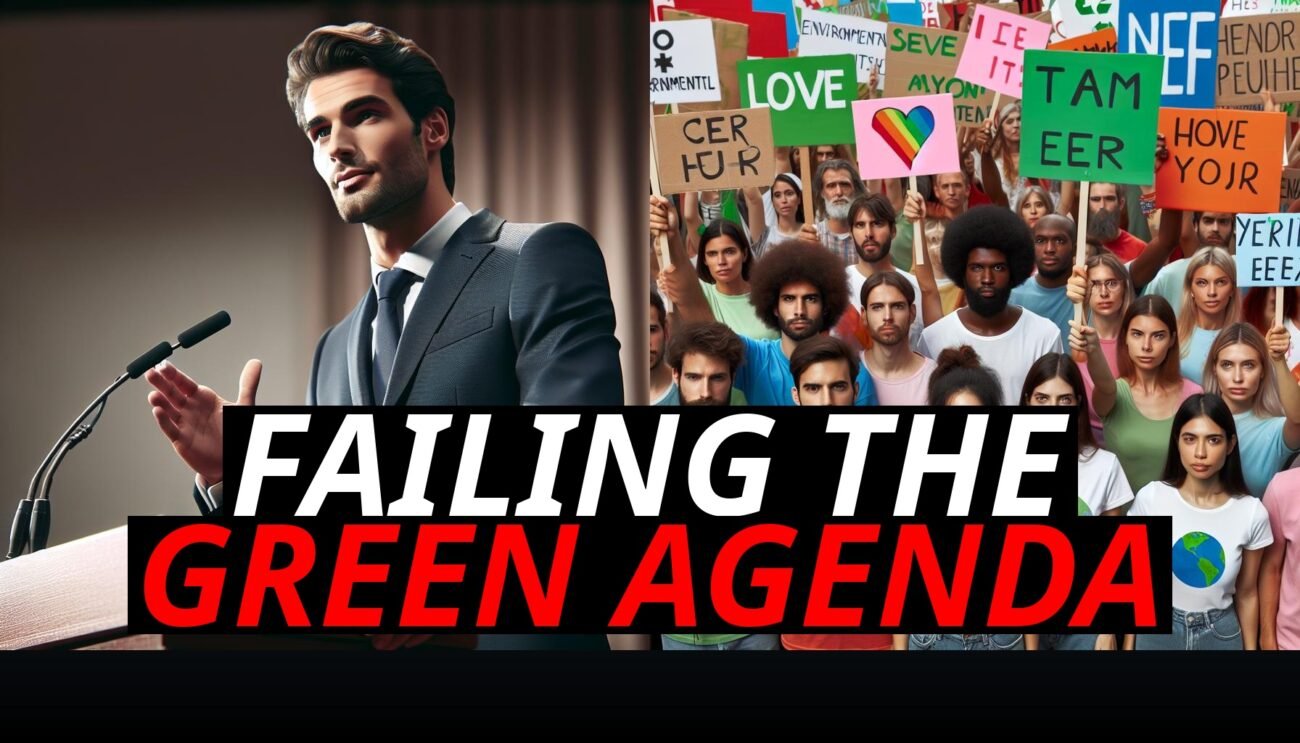Is Livestock Really To Blame For Climate Change?
Livestock farming is often criticized as a significant contributor to greenhouse gas emissions, with many reports focusing on methane production as a major culprit. But how much of this narrative is rooted in fact, and how much is inflated? Understanding the biogenic carbon cycle and the role of methane helps put livestock emissions in perspective. Let’s break down the myths and realities of livestock’s impact on the environment.
What Is Methane, And Why Does It Matter?
Methane (CH4) is a greenhouse gas that’s more potent than carbon dioxide (CO2) in terms of its warming potential. Over a 20-year period, methane’s global warming potential is approximately 84-86 times greater than CO2. But here’s the twist: methane doesn’t stay in the atmosphere as long as CO2. While CO2 can linger for centuries, methane breaks down and is reabsorbed into the environment within 10-12 years.
Understanding this cycle is key to discerning the true impact of livestock on climate change.
The Biogenic Carbon Cycle Explained
Livestock emissions are part of the biogenic carbon cycle—a natural process involving the absorption and release of carbon through living organisms:
- Plant Absorption: Plants absorb CO2 from the atmosphere during photosynthesis, turning it into carbohydrates.
- Grazing Animals: Livestock, such as cows, eat these plants and release methane as a byproduct of digestion (enteric fermentation).
- Methane Breakdown: The methane emitted by livestock stays in the atmosphere for about a decade before breaking down into CO2 and water.
- Reabsorption: This CO2 is then reabsorbed by plants, completing the cycle.
Unlike CO2 from burning fossil fuels, which accumulates over time, methane’s cycle means that its long-term impact stabilizes as part of the natural carbon balance.
Comparing Livestock Methane To Fossil Fuel Emissions
The focus on livestock methane often overlooks the broader context of greenhouse gas emissions:
- Short-Lived vs. Long-Lived Gases: Methane’s short lifespan contrasts sharply with CO2 from fossil fuels, which can persist in the atmosphere for hundreds of years, continuously contributing to global warming.
- Renewable vs. Accumulative Emissions: While methane from livestock is part of a renewable, cyclical process, CO2 emissions from fossil fuels represent a one-way addition to the atmospheric carbon load. This distinction is crucial when assessing the long-term environmental impact.
In other words, while methane does contribute to warming, its effects are mitigated over time by its breakdown and reabsorption into the carbon cycle, unlike CO2 from industrial sources.
The Scale Of Emissions: Livestock Vs. Other Sectors
It’s true that livestock farming contributes to greenhouse gas emissions, but how significant is this contribution compared to other sectors?
- Global Emissions Breakdown: According to estimates, livestock accounts for about 14.5% of global greenhouse gas emissions. In contrast, energy production, transportation, and industrial activities contribute far more.
- Misinterpreting the Numbers: Many discussions about livestock emissions present data without context, making it seem as though livestock is the primary driver of climate change. However, the true scale is more balanced when considering all sources of emissions.
Understanding the full scope of greenhouse gas contributors helps clarify the role livestock plays in the broader climate equation.
Addressing Common Misconceptions
There are persistent myths about livestock emissions that need debunking:
- Myth: Livestock Methane Is the Main Contributor to Climate Change: While methane is potent, livestock is not the largest source of greenhouse gases. The combined effects of fossil fuel combustion and deforestation far outweigh the impact of livestock.
- Myth: Methane Emissions From Livestock Are Constantly Increasing: In reality, methane levels from livestock can be managed through better farming practices and dietary adjustments that reduce methane production per animal.
This nuanced understanding helps inform better decision-making when it comes to addressing climate change.
The Role Of Sustainable Farming Practices
Sustainable livestock farming offers solutions that can help reduce methane emissions and promote environmental health:
- Improved Diets: Research shows that altering livestock feed can significantly reduce methane emissions. Adding supplements like fats or specific types of seaweed to animal diets has been shown to cut methane production by up to 30%.
- Rotational Grazing: This practice mimics natural grazing patterns, supporting soil health and plant regrowth, which can improve carbon capture and reduce emissions.
- Waste Management: Methane produced from manure can be captured and used to generate biogas, a renewable energy source that offsets fossil fuel use.
These methods highlight how livestock farming can be adapted to be part of the solution rather than the problem.
Why Context Matters In Environmental Debates
Focusing solely on livestock methane without acknowledging other significant contributors can skew public perception:
- Broader Impact of Fossil Fuels: The majority of global CO2 emissions come from burning fossil fuels, which lack the biogenic cycle that helps balance methane emissions from livestock.
- Natural Carbon Balance: By recognizing that methane is part of a natural cycle, we can shift the conversation toward addressing the main sources of persistent, long-term emissions.
This perspective is essential for creating balanced, informed strategies for fighting climate change.
Final Thoughts: Rethinking Methane In Livestock Farming
Livestock methane is an important topic in the climate conversation, but it’s often oversimplified. The reality is that methane emissions from livestock are part of a renewable biogenic cycle, unlike the cumulative CO2 emissions from fossil fuels. While it’s essential to consider ways to reduce these emissions further, understanding their place in the carbon cycle changes how we approach solutions.
By promoting sustainable practices and looking at the bigger picture of global emissions, we can make informed choices that lead to meaningful progress. The next time you hear that livestock is the main driver of climate change, remember: there’s more to the story than meets the eye.


